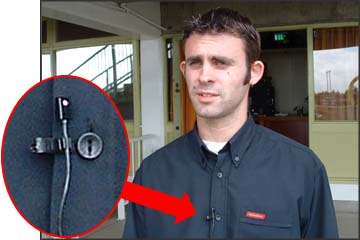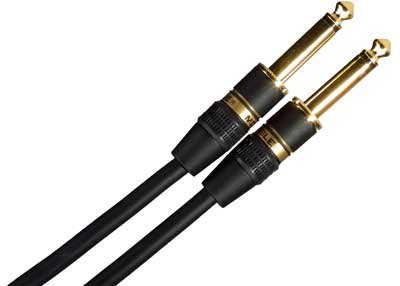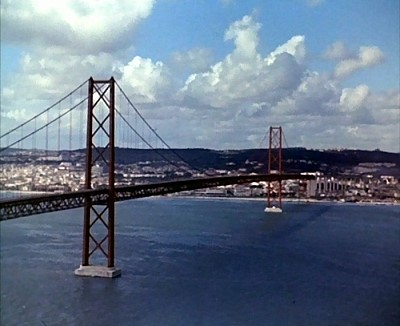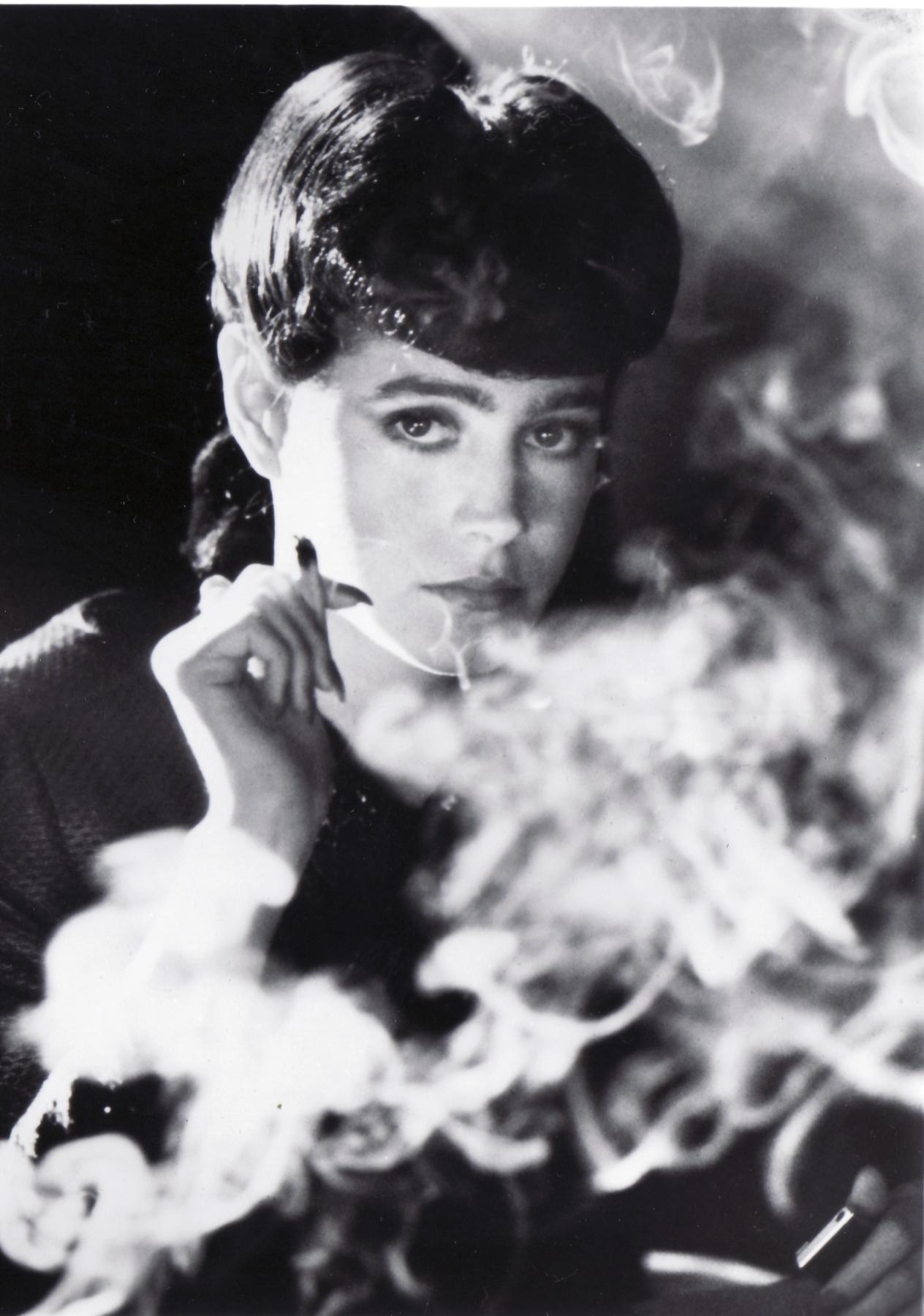Moving on... Today we're going to continue our look at Final Cut Pro and dive in a bit more to look at editing concepts. Last week we got as far as a simple layout of our simple seen - we managed to shoot and rough edit the piece in just one class which is great, but there's a few things we probably rushed and a few other things left to do. Let's start by revisiting our cut and seeing where we can improve some of the edits:
Okay, so it mostly works as a sequence, but there's a number of things that really need to be improved. The beginning shots probably linger a little long, some of the cuts feel a little abrupt, we have a continuity error in terms of her movement, and the sound is a sad mess. Let's start by refining the cuts a little bit - now, we ran into an issue where one of our key shots doesn't quite match the action of the rest of the scene, so we either have to fake it with what we've got, see if we can change the shots a bit, or try to reshoot the scene. Let's say we can't reshoot, so we have to fix it in the edit -- you guys can try that in a bit, but for now, let's try to mask it just with the help of sound.
While I'm at it, I'll go ahead and fill in sound for the entire scene. For now I'll just rely on what's quickly available to me using Final Cut and Apple sound libraries as well as what we captured on set. If this was an important project, I would go out in to the field and do some of my own recording too. We'll also slow down our bottle-drop shot as you all suggested for dramatic effect and add some reverberating booms to the hits on the floor.
Notice how with just a few simple sound additions the piece starts to take on a whole new polish - it really enhances how full the scene really appears to be:
The final step would be to go in and make any final adjustments, especially with a focus on image and color. I could throw a title on the beginning and credits on the end using the text tool - and boom, I've got a complete little sequence.
To add a title/text in Final Cut:
And that, my friends, represents what is essentially the basic workflow for post-production editing. This was a little bit slap-dashed considering we shot it and laid down a rough edit in just about 2 hours, but you get the idea! Let's review:
1). Start by importing and organizing/labeling your footage. This is also your first opportunity of post-production to review your footage to determine good takes and moments, and to get a feel for how different things will cut together.
2). Once you've determined what clips you'd like to use, start marking your moments using IN and OUT points in the viewer window and laying the footage onto the timeline.
3). Build out your sequence. As you go through you may make small adjustments. Once you've made it through this process you have what is called your 'rough cut'. You can now determine what you still need to address.
4). Start refining your cut by addressing problem spots, cutting out unnecessarily material, awkward cuts, working on transitions, etc.
5). Once you're happy with the general layout and pace, you can start to work more directly on sound. Do several passes to smooth out sound, add sound, work with music, etc.
6). Once you're done with sound, you can go through and do a pass focusing on the image, boosting the quality or giving it the look you want as well as making sure colors and lighting generally match from shot to shot. *
*If your film requires special effects you will likely incorporate the effects footage to some extent throughout the post production process, but it will become most intense towards the end when the edit is more or less locked in.
Some important tools in the process of using Final Cut:
1). Your arrow tool and your razor-blade tool. You arrow tool is the default tool that you control with your mouse. Use it to grab things, select things, move things, etc. The razor blade tool becomes useful for when you want to trim a clip on the timeline - it acts like a slice in your footage to break a clip into sections. You can select the tools from the tools window, or you can use your keyboard quick-keys:
a = arrow tool
b = blade tool
2). Cross-fades, volume adjustment, and other transitions. To add a fade to either your image or your audio you just right-click and add a crossfade to the front of your clip or the intersection of two clips. To manually adjust audio volume you simply turn on the clip overlays (in the bottom right corner of the timeline window) and then adjust the pink volume line that appears on your audio track:
3). Snapping and linking. The snapping and linking tools are meant to help you efficiently manipulate the footage on the timeline. When you turn snapping ON (upper right corner of the timeline), it makes the footage in the timeline act magnetized. When two clips are placed close together they *snap* together. This is great, except for when you're trying to carefully time an event out and you don't want the clips to jump together - then you would turn snapping OFF:
Linking allows you to control the video track and the audio tracks that are associated with that video. If linking is ON, it will select both video and audio tracks. If linking is OFF, you can isolate video or audio tracks:
More about quick-keys: Quick keys (sometimes called hot-keys, keystrokes, or keyboard shortcuts) are awesome. For most every tool and task in a piece of software, especially professional software like Final Cut Pro, there is a keyboard shortcut that allows you to accomplish the same thing by simply pressing a key or combination of keys. For example, instead of using the razor blade tool to place a slice in one of my clips, I can simply press "control" + "v" and it will make a slice wherever my playhead is placed:
You can learn the quick key combinations by looking at them in the menus where you are going to do the selected task, or by hovering your mouse over the tool.

The quick-key to render is "command" + "r" and the quick-key to turn on/off snapping is simply "n"
But for a quick guide, here's a list of great and useful quick keys to use in Final Cut Pro:
By the end of class you all had some great edits of your own versions of our little scene! Everyone really took off with Final Cut. I was impressed by the variety of choices - some of you really were able to use the shot of Karina's eyes to make her much more of a character. Others of you totally changed the tone of the scene by re-arranging just a few shots. And at least one of you completely solved our continuity problem!!
Elisa's edit, where the embarrassment revolves around her speaking rather than just dropping the bottle:
Allou's edit - totally fixed our continuity error:













































